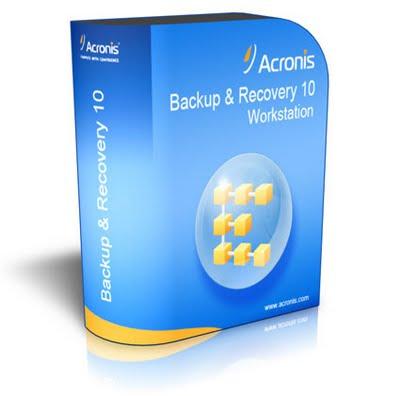Review: Acronis Backup and Recovery 10

Acronis Backup and Recovery 10 is an inexpensive, robust backup solution, especially for disk to disk backup situations and bare metal recovery tasks
Acronis has been around for a number of years, offering disk-imaging backup and recovery solutions based upon their patented imaging technology. They have recently released a new family of backup products for the small and medium business (SMB) and Enterprise markets.
Historically, the company has demonstrated an understanding of the needs of those looking for efficient backup and recovery solutions. The new family of products, Acronis Backup & Recovery 10 (ABR 10) wraps together many of the features that today’s businesses need to quickly backup servers and work stations. It claims to be very easy to install, configure, implement and maintain. New capabilities, such as de-duplication and virtual machine support, are aimed directly at business clients.
The Options
In order to deal with today’s typical scenarios such as the threat of hardware failure, accidental erasure or malicious activity, ABR 10 offers advanced management, unattended operations, open file handling and high speed data transport. Purchasers can select from advanced and standard versions of the product as well as versions specifically designed for servers, work stations, virtual servers, Windows operating systems and Linux operating systems.
Put To The Test
I took a look at ABR 10 Advanced Server with the Universal Restore and de-duplication options. The advanced server version of the product is the most robust and offers features that allow administrators to backup several servers and manage the backup process remotely from an advanced management console. The de-duplication option speeds backups and reduces the size of backed up files by eliminating duplicate files, while the universal restore option adds the ability to restore backup images to hardware that is different from the original server.
I recommend both of those options, because reducing backup time and gaining flexibility when recovering from a disaster can really improve the backup and recovery process for administrators.
Administrators will find a range of backup needs addressed by the Advanced Server version, starting with advanced centralised management, which is the key differentiator between the advanced version and the standard version of the product. For those managing single server environments, advanced server is probably overkill – that said, it is still nice to have a centralised management console to work from.
The management console allows administrators to remotely schedule backups of servers and workstations, monitor the status of backups, check for errors, create backup status reports, manage backup archives (image files), perform restorations and create policies that can control the flow of backup data to and from servers.
Using agents, Advanced Server is able to backup virtual servers and workstations, but administrators that work more often with virtual environments instead of traditional iron, may want to consider Acronis Backup & Recovery 10 Advanced Server Virtual Edition, which offers features, such as the ability to concurrently backup virtual machines, eliminating the need to shut down active virtual systems.